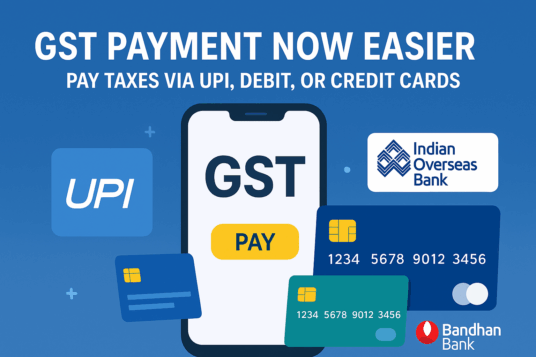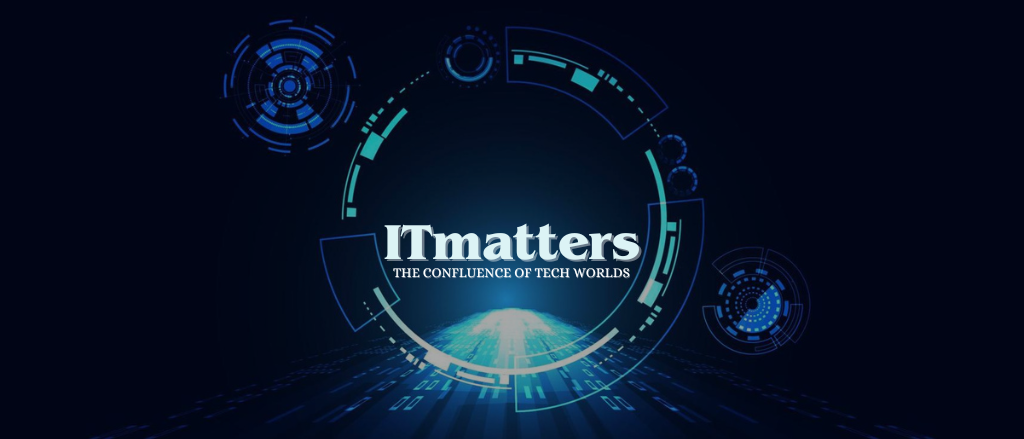
GSTN Makes GST Payments Simpler with UPI and Card Options
The Goods and Services Tax Network (GSTN) has upgraded its payment system to make tax payments faster and more convenient. Starting October 18, 2025, taxpayers can pay GST using UPI or Debit and Credit Cards. The move aims to boost digital tax compliance and improve user experience.
Indian Overseas Bank and Bandhan Bank Join the Network
To expand accessibility, Indian Overseas Bank and Bandhan Bank now support GST payments. This inclusion benefits businesses and individuals who bank with these institutions.
At present, taxpayers can use several major banks such as Axis Bank, HDFC Bank, Canara Bank, IDFC First Bank, Kotak Mahindra Bank, Union Bank, Indian Bank, Dhanlaxmi Bank, Karnataka Bank, Karur Vysya Bank, South Indian Bank, and ICICI Bank.
However, GSTN noted that certain banks support only specific payment types such as UPI-only, DC-only, or CC-DC-only transactions.
Supported by Major Payment Networks
The new payment modes use trusted platforms like Rupay, MasterCard, Visa, and Diners. These networks ensure safe, secure, and smooth transactions for taxpayers nationwide.
A GSTN spokesperson said, “We are leveraging technology to simplify tax compliance for all businesses.” The addition of digital payment options, they added, allows users greater flexibility and convenience, especially in regions with strong digital adoption.
Now Available in 26+ States and Union Territories
The new GST payment feature is currently available in over 26 States and Union Territories. GSTN plans to extend the facility to the remaining regions soon, along with more partner banks.
This expansion supports the Digital India initiative, which promotes transparent, cashless, and faster financial systems. Since UPI is one of India’s most widely used digital platforms, its integration into GST payments encourages quicker and more reliable transactions.
A Boost for Digital Tax Compliance
With UPI and card options, GSTN has made tax payments simpler and faster. The process no longer depends only on net banking or physical challans. Instead, taxpayers can use familiar digital methods that save time and reduce friction.
For small and medium businesses, this step enhances convenience and supports better cash flow management. It also reflects India’s broader shift toward digital-first governance and inclusive fintech growth.
Source – A2Z TAXCORP LLP
